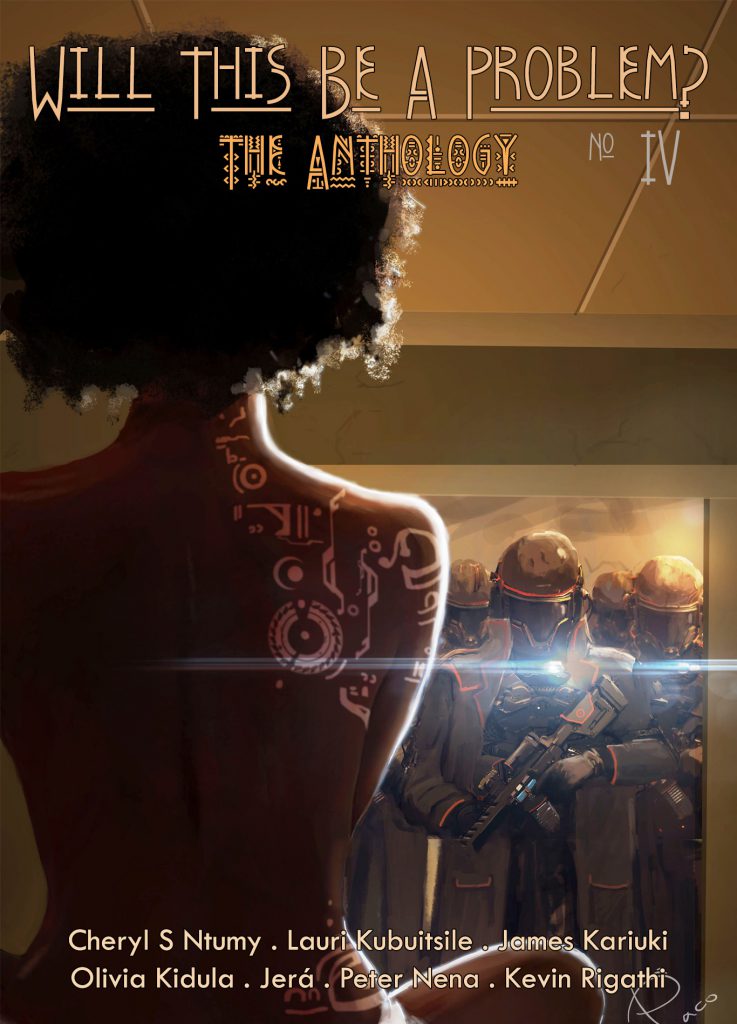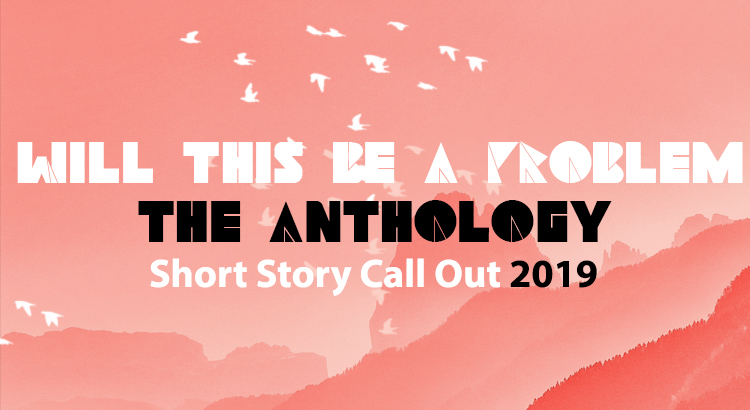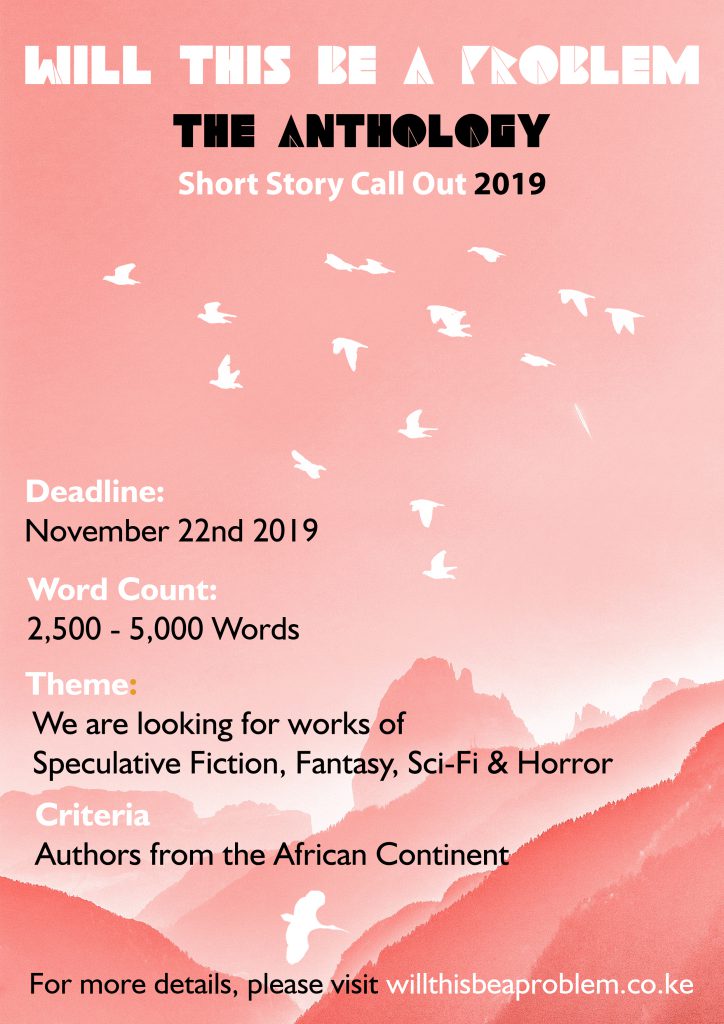Will This Be A Problem Presents Episode 3:
Forms of Protest III : The Serpent God of Lake Victoria
In this episode, we will look at the religion of Mumbo, a serpent god who was believed to reside in Lake Victoria and in the sun. This religion would spread among the Luo and the Kisii and challenge the colonial structures and religion.
You can listen to it here, or on your favorite Podcast app.
The new episode of The Kenyan Experiment Podcast.
Available now on most major podcast apps.
*if it's not populated on search on the apps below you can use one of the links under thus to open it in the app and subscribe:
Powered by RedCircle










